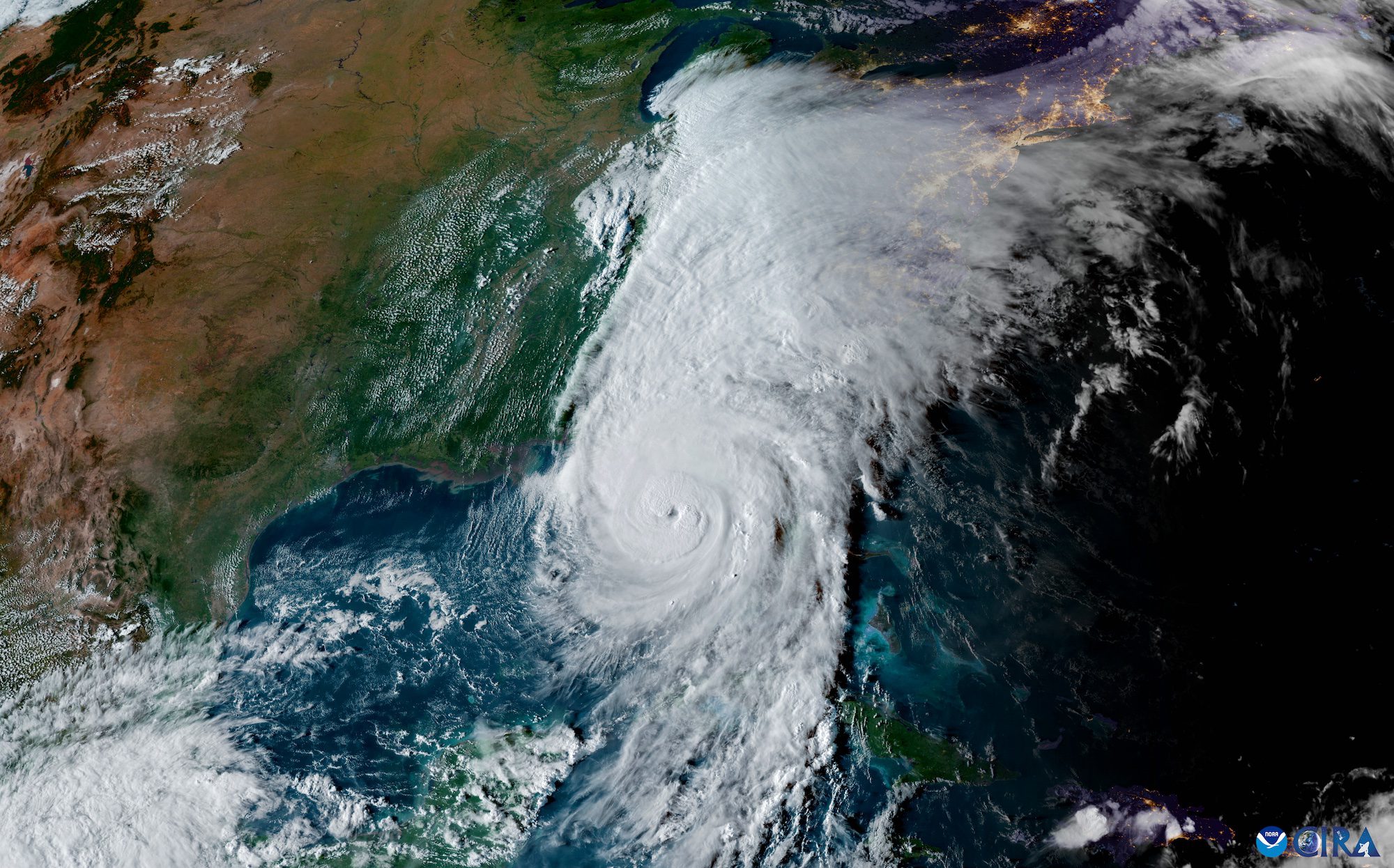The 2024 Atlantic hurricane season is drawing to a close on November 30, marking a year of extraordinary storm activity that defied typical patterns.
With 18 named storms, including 11 hurricanes and five major hurricanes, the season substantially exceeded average activity levels. Five hurricanes made landfall in the continental U.S., with two storms making landfall as major hurricanes.
The season’s activity matched NOAA’s Climate Prediction Center’s forecasted ranges for named storms and hurricanes, as outlined in both their August 2024 Hurricane Season Outlook and annual May forecast, which included a record high range of 17 to 25 named storms.
“The impactful and deadly 2024 hurricane season started off intensely, then relaxed a bit before roaring back,” noted Matthew Rosencrans, NOAA’s lead hurricane forecaster.
In a remarkable late-season development, seven hurricanes formed after September 25, setting a new record for this period. The season’s most devastating storm, Hurricane Helene, became the deadliest hurricane to strike the continental U.S. since Katrina (2005), claiming over 150 lives primarily in the Carolinas.
Hurricane Milton also made headlines for its unprecedented rapid intensification, with wind speeds increasing by 90 mph in just 24 hours. The storm unleashed a tornadic outbreak of 46 twisters and produced devastating storm surge along Florida’s western coast.
“NOAA’s critical science and services are needed more than ever by communities, decision makers and emergency planners,” said NOAA Administrator Rick Spinrad.
The season also marked significant advances in forecasting technology, with NOAA achieving its most accurate track forecasts ever recorded. Hurricane hunters flew 392 mission hours and penetrated hurricane eyes 80 times, while deploying over 1,246 scientific instruments to enhance prediction accuracy.

 Join The Club
Join The Club











